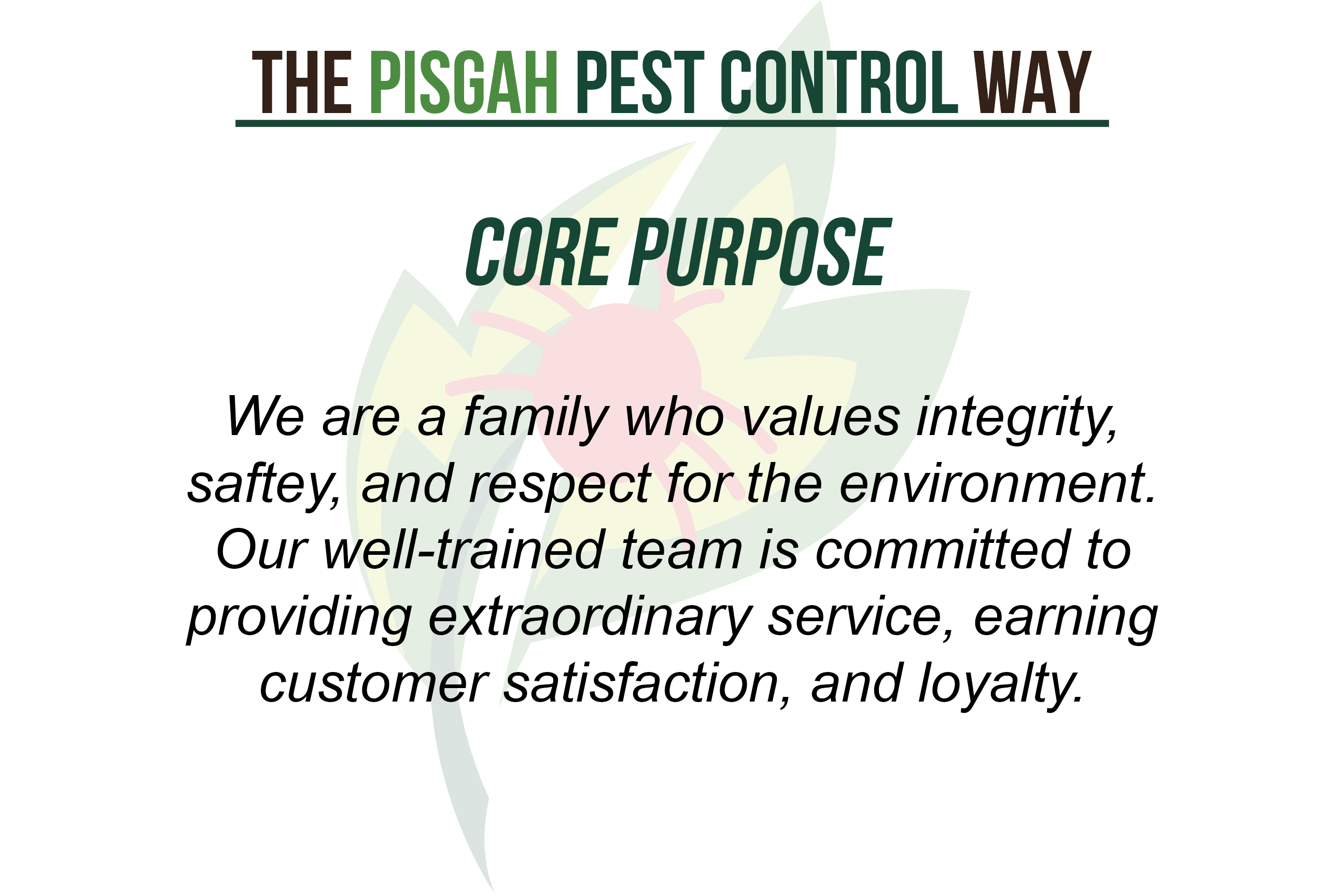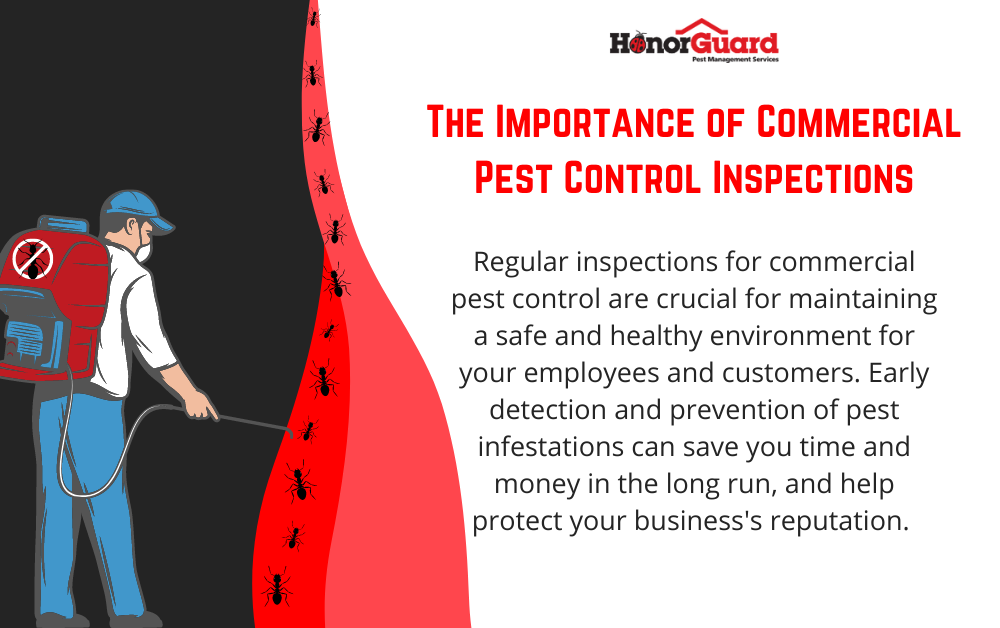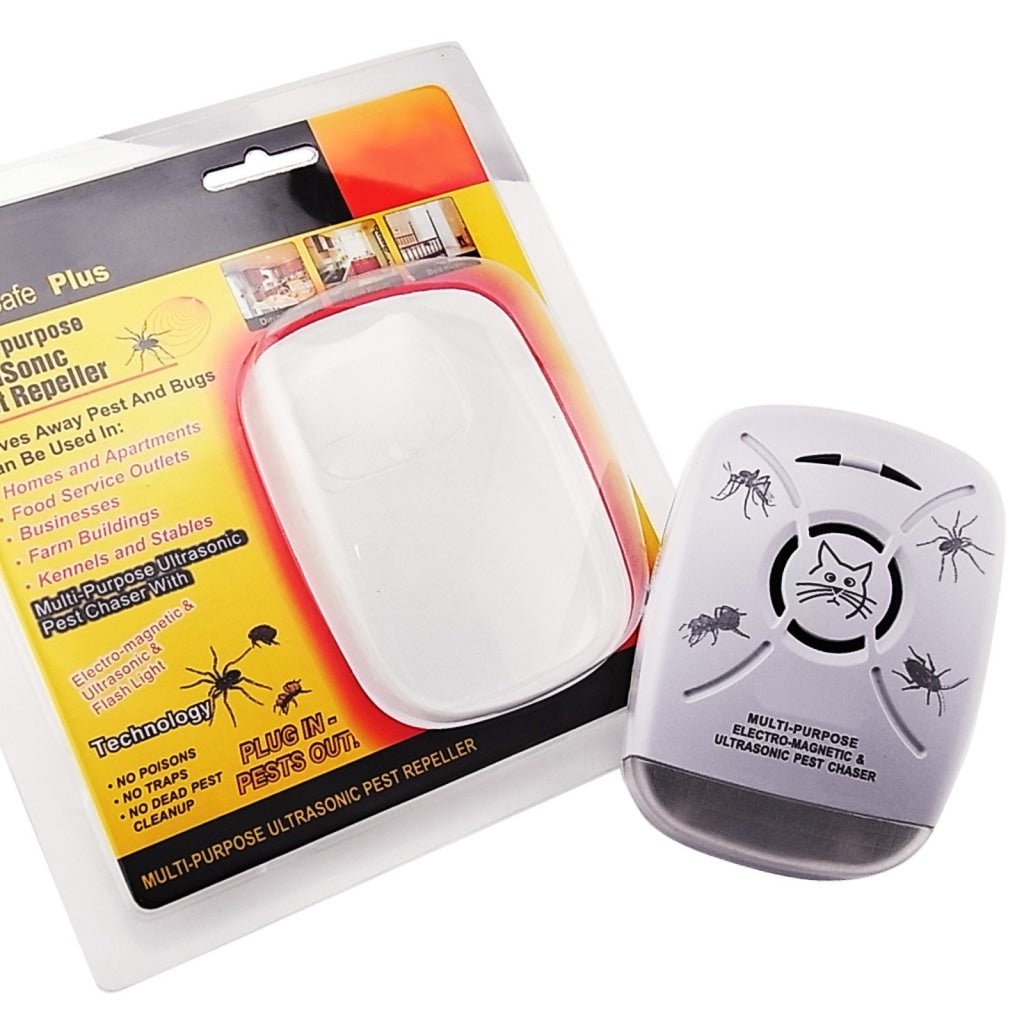The Main Principles Of Pestwise
The Main Principles Of Pestwise
Blog Article
Unknown Facts About Pestwise
Table of ContentsThe smart Trick of Pestwise That Nobody is DiscussingUnknown Facts About PestwiseA Biased View of PestwiseThe Main Principles Of Pestwise The Main Principles Of Pestwise Some Known Details About Pestwise A Biased View of Pestwise

Q. Define "incorporated insect management" (IPM) and listing several possible control techniques that might be utilized in an IPM technique. A. Integrated insect management is the combining of appropriate parasite control techniques into a solitary plan to reduce parasites and their damage to an appropriate level. Bug control strategies might include: host resistance, organic control, social control, mechanical control, hygiene, and chemical (pesticide) control.
Getting The Pestwise To Work
What can you do to maintain the parasites you are attempting to manage from becoming resistant to the pesticides you make use of? A. Pest resistance can be decreased by making use of incorporated insect monitoring and rotating the sorts of chemicals made use of.
Pests are a critical danger to the farming organization, and incorporated insect administration helps cultivators address and minimize these threats. Integrated pest management makes use of several approaches in facility, hence being an extra effective option to the problem. Exterminator. Specifically, getting rid of hostile chemical methods enables for minimizing harm to individuals and the setting by making use of all-natural and much safer choices instead
The smart Trick of Pestwise That Nobody is Talking About
The objective of incorporated bug administration is to decrease this damage and control appropriate invasion levels instead of remove all undesired populations. This is why it is essential to understand what actions are warranted in each case and use hostile ones only when various other integrated monitoring strategies do not function. Integrated monitoring reduces the unfavorable repercussions of a non-IPM strategy, and the main benefits of IPM Advantages of IPM.
An appropriate understanding of the invasion extent establishes if the issue should be resolved. are the following elements of an IPM program because it is essential to recognize if the microorganisms make potential threats and choose the incorporated administration alternatives or the specific chemical use. mean to lower invasions by using various agronomic methods.
Pestwise Things To Know Before You Get This
Integrated administration choices in an IPM program begin with more secure to a lot more aggressive ones. The prior incorporated monitoring aspects assist recognize exactly how to intend and carry out an IPM program step by action: Screen your crops on a regular basis.

To name a few, IPM social techniques consist of the adhering to area monitoring strategies: dirt treatment; choice of appropriate plants; crop rotation; interplanting or strip cropping; choice of planting dates; weed control; use of trap plants. Positive soil conditions speed up plant growth, and vigorous crops are much more resistant to infestations. Pest Control Services. In integrated insect management, soil testing assists comprehend if the field appropriates for the manufacturing of this or that plant, and after that apply the lacking nutrients to guarantee plant healthy development
Rumored Buzz on Pestwise
No-till practices help avoid dirt disintegration, adding to sustainable farming. Nonetheless, when tilling is required, it is recommended to perform it in the fall to reveal them to natural enemies and severe climate. Healthy plants and seeds determine successful plant advancement, so it is important to select pest-free planting material with strong roots.
, which is also made use of in the incorporated bug administration system. Conversely, invasions increase when plants of the same plant type or household grow with each other.
Potato beetles can damage expanding potatoes, along with tomatoes. Planting catch plants in spots is one more choice for IPM intercropping. This integrated insect administration technique suggests attracting pests to specific plants and after that regulating them with chemical or mechanical strategies. Particularly, you can grow soybeans as trap crops for Japanese beetles.
The Basic Principles Of Pestwise
Barriers are normal examples of physical IPM methods. Fully grown insects or their eggs and larvae are gathered by hand and destroyed.

Department of Plant Sciences. University of Missouri. Soil solarization is a reliable integrated monitoring technique to sanitize the area by heating it in an all-natural means. This integrated administration approach implies a typical means of destroying bugs by killers, parasitoids, pathogens, see this and other biological control representatives (aka antagonistic microorganisms). The duty of biological control in IPM is to.
The Facts About Pestwise Revealed
With time, their populace became a genuine annoyance to farmers along with native kangaroos or dingoes. The walking cane toad is an additional instance highlighting incorporated biological control failing in this respect when it rejected to search the target types and became a pest itself. Parasitoids develop on or within their hosts to at some point eliminate them after developing.
Report this page